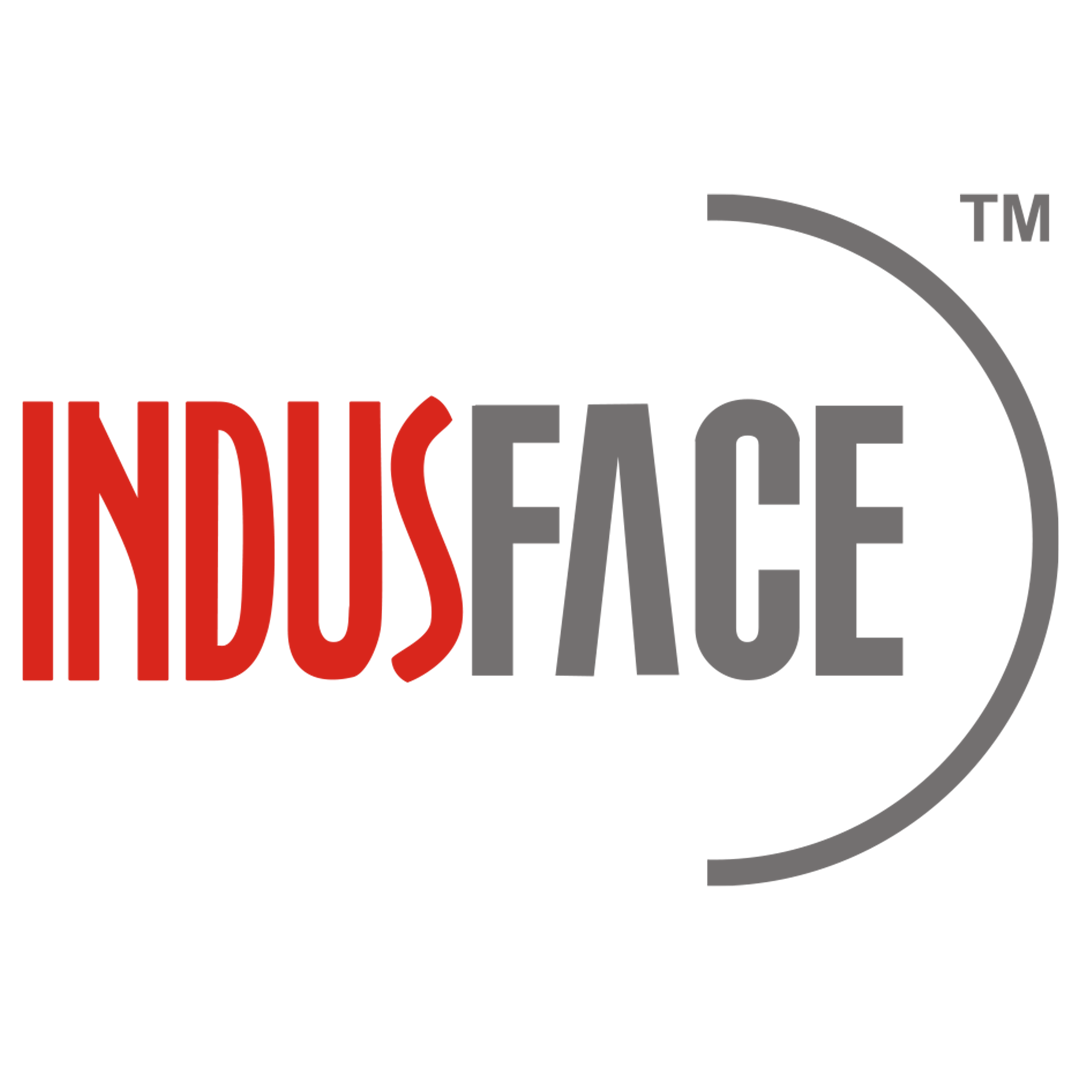1,509 reads
TLS/SSL Decryption: A Pillar of the Zero Trust Model
by
December 4th, 2021
Audio Presented by

Indusface secures Web Applications of 2000+ global customers that integrate WAS, WAF, CDN & threat information engines.
About Author
Indusface secures Web Applications of 2000+ global customers that integrate WAS, WAF, CDN & threat information engines.